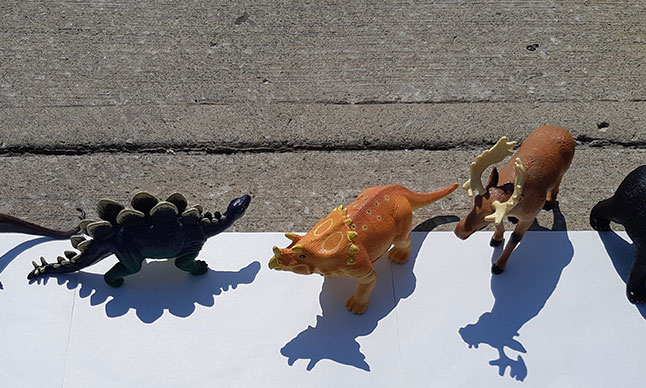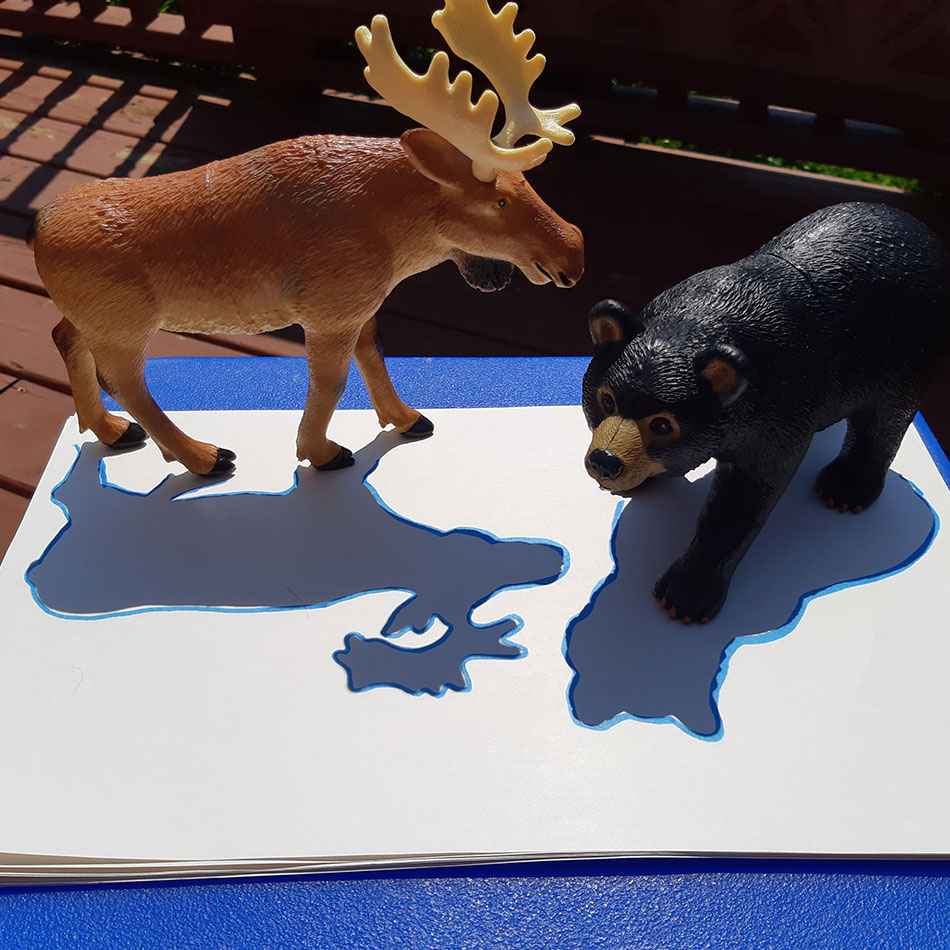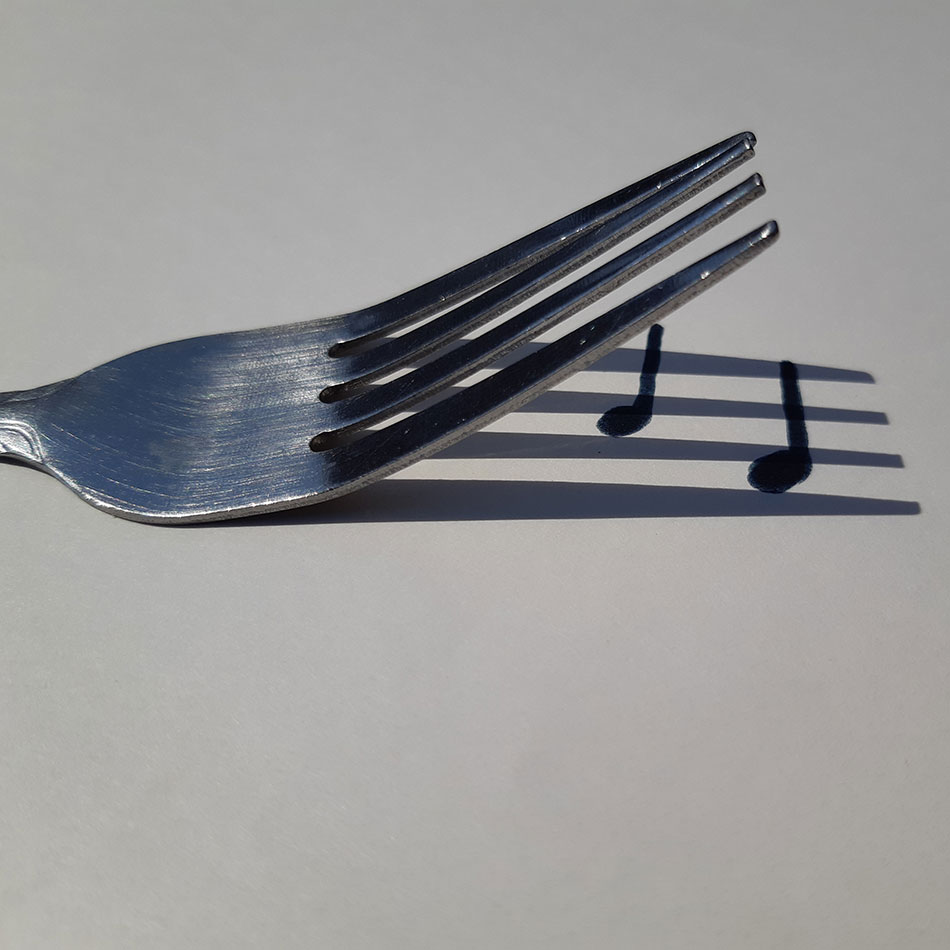Summer Rays and Shadow Play
Experiment with sunlight to learn about how shadows are created
Print Version
Experiment with sunlight to learn about how shadows are created

*Any type of paper will work for this activity, including recycled paper. Or, try this activity on pavement with sidewalk chalk instead.

Safety first! Always wear a hat and sunscreen when playing outdoors in the summer, and never look at the sun directly.

Light is a form of electromagnetic radiation, which is a type of energy. Our main source of light on Earth is the Sun, which radiates both light and heat in the form of solar energy.
Light travels in a straight path. Travelling light can pass through transparent (see-through) objects and reflect off of shiny objects, but it can’t pass through opaque (solid) objects. Instead, the object blocks a section of the light, while the rest continues to travel around the object. The dark area caused by this blockage is called a shadow.
Why do shadows move?
Shadows can be different sizes depending on where the light source is and the distance between the light and the object. The closer the object is to the light source, the bigger the shadow will be. If the light source is directly above the object, the shadow will either be very short or not appear at all.
In this activity, you used the Sun as the light source. When the Sun was higher in the sky, around noon to 2 p.m., you probably noticed that your toy’s shadow was shorter. Later in the day, when the sun was lower in the sky, your toy’s shadow appeared longer—and in the opposite direction!
Try this!
Cast a shadow with an everyday object, like a fork, and draw it on a piece of paper. Then, use your imagination to draw something new inspired by the original shadow!